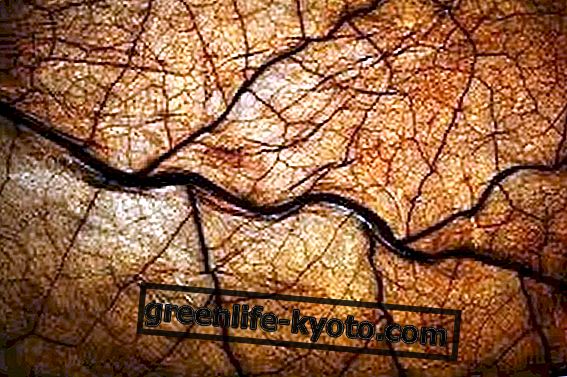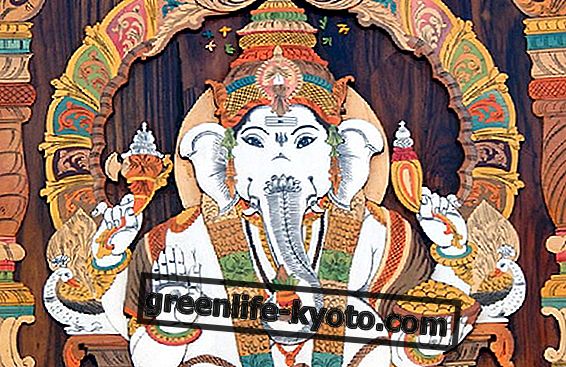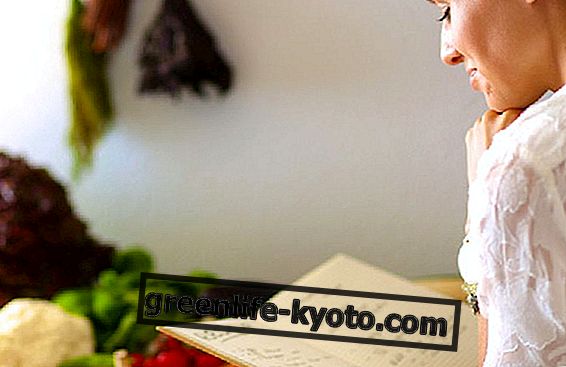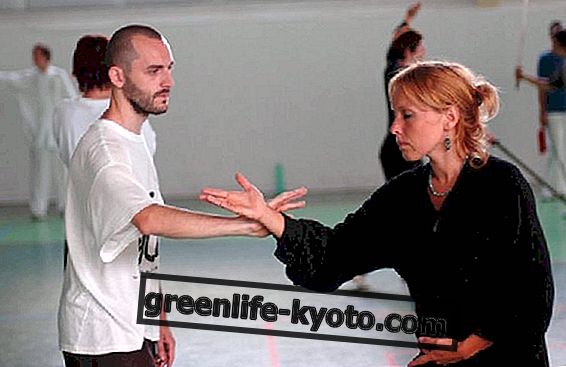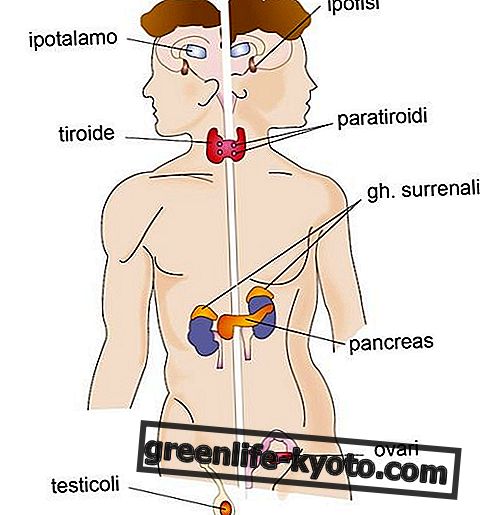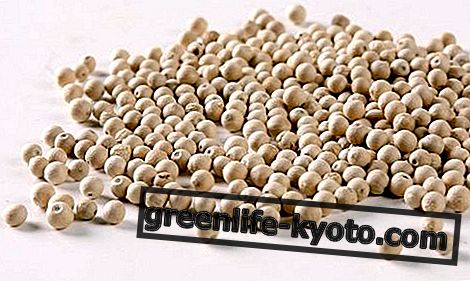
Oriental medical gymnastics
Medical or "health" gymnastics is a very ancient discipline and widely practiced by the Chinese population. Its origins are inherent in martial arts and self-defense, sinking its roots around 1000 BC. During the period of the three fighting kingdoms (400-200 BC) the Taoist order introduced the need for physical exercise for prevention. of the most common pathologies.
Around 200 AD, the physician Hua Tuo developed a reference system, passed to the chronicles as a method of the five animals, through which were suggested a series of physical, mental and respiratory exercises to increase the immune defenses. Over time, within the schools and monasteries, the methods of energy gymnastics were studied and amplified, especially by the Taoists and Buddhists.
Oriental medical gymnastics can intervene on many pathologies, improving the body's body functions. Its beneficial effects have been known for millennia, although only recently are they taken into consideration by Western medicine, again as an additional contribution to a drug therapy.
Several studies have brought to light important results in the application of these practices and more and more people participate in courses and seminars, finding significant benefits in their own person. Let us now try to treat medical gymnastics in the context of motor rehabilitation .
Medical gymnastics and rehabilitation
Performing the exercises of medical gymnastics in the rehabilitation field means being guided by a physiotherapist in the act of performing segmental and more complex movements in respect of what is our joint physiology. Each district of our body will therefore be stimulated to perform stretching and contraction movements, in full compliance with any muscular or skeletal disorders (reasons why we turned to a physiotherapist).
The exercises allow you to perform daily gestures such as walking or climbing stairs in a natural and respectful manner. The whole scope of the movement is framed by this type of attention.
Often, this type of exercise is performed during lessons open to more than one person, a sort of class limited to five or more people. Not too many, otherwise the conductor would not be able to dedicate the right support to each patient.
The medical gymnastics allows important benefits also to those who suffer from respiratory deficiencies, circulatory system deficiencies, neuro-vegetative dystonias, muscular dystrophies, spastic states, as well as arthrosis, osteoporosis, constipation, obesity, thrombosis paralysis and cerebral hemorrhages. The most specialized forms of medical gymnastics also include postural and corrective gymnastics .
